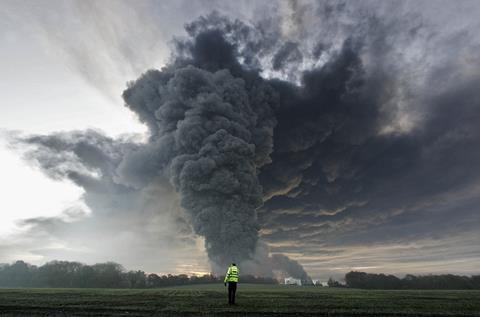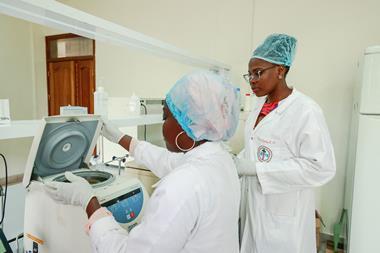Maintaining culture and investment is key, especially in the absence of incidents

At this year’s ChemUK exhibition in Birmingham, UK, I attended a session on process safety, hosted by members of the Institute of Mechanical Engineers’ safety and reliability group. The presentations focused on engineering aspects of process safety – such as proper operation and maintenance of seals, valves and reactors – but many of the factors they discussed are relevant to all aspects of process safety.
The long history of the UK chemicals industry means that many of its industrial process plants are now relatively old, which brings with it various hazards. The longer plants operate, the more opportunities there are for small errors in operation, or deliberate cost-cutting, to erode or bypass safety measures, leading to potentially catastrophic incidents. Changes in educational and training content over the years may also lead to gaps in staff knowledge around older equipment, which need to be filled with bespoke training.
While UK industry has learned many lessons from the past and now sees relatively few serious incidents, that will only continue with vigilance and maintenance of a cultural respect for effective safety practice. Processes evolve over time, and so does the environment around them, with potentially unexpected consequences. Trees around the site of the 2005 Buncefield explosion and fire, for example, exacerbated the ferocity of the initial blast, but were not included in initial calculations as they weren’t there.
Good process safety management relies on accurate knowledge of the potential hazards, so that appropriate safeguards can be implemented to mitigate those hazards. Processes must also be regularly reassessed, to ensure new hazards can be properly mitigated. But perhaps the most important (and often underestimated) aspect is monitoring and education, to ensure that those safeguards are actually working – safety procedures are only effective if they are used and followed. And having measures in place that can alert operators ahead of potential hazards is much more important in terms of prevention than being able to rationalise what went wrong after an incident.
In the absence of incidents, process safety can seem like an easy budget to target for cuts. The impact of such cuts may not become apparent for several years, but when they do, the consequences could be severe. Leaders must therefore understand the value of continual investment in process safety, through preventive maintenance and training.
As staff turn over – especially experienced technical staff with institutional memory – it is crucial that understanding of process safety is maintained. To paraphrase what one of the ChemUK panel said, it’s much better to learn from other people’s incidents than to wait for your own. The frequency with which fatal incidents from around the world cross the Chemistry World news desk (including one in China this week – see below) is a regular reminder of the importance of committing to a strong safety culture.

















No comments yet